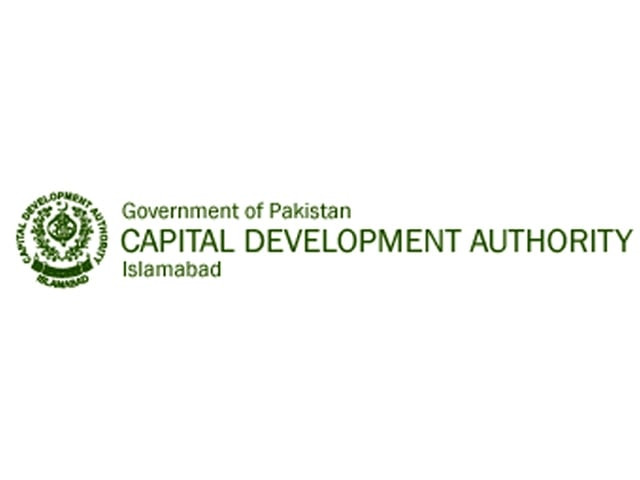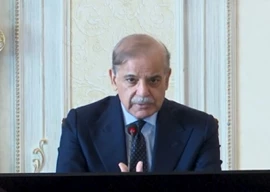
The master plan is typically a planning framework for the core systems that shapes the city’s physical, social, environmental and economic future.
Ideally and primarily, the changes (to a master plan) should only happen over an extended time when it is gravely necessitated, but the Capital Development Authority (CDA) has so far made 19 major changes in the city’s master plan — arbitrarily, under capitulation or otherwise — only to serve vested interests.
The federal capital is not what it was visualised by a Greek architect firm, Doxiadis Associates, in 1960.
The metro bus project, a new parade avenue and the Centaurs Mall all made it to the city’s landscape only after making changes to the original master plan.
Similarly, a new road for running parallel to the Islamabad Highway starting from Faizabad Interchange to the Lok Virsa signal was approved after making another change to the original master plan, while several trees had to cut to level the land for the parade avenue.
“Private sector housing societies were allowed to work in Islamabad, for which initially requirement of land was 2,000 canals which was reduced to 1,600, to 1,000 canals and now 6,00 canals are sufficient to start a private housing society in the capital,” chief executive of a premier architect firm Archi Builders M Hussain Khan told The Express Tribune.
He said the first change to the master plan was made in 1964 when the location of the Islamabad University renamed as Quaid-i-Azam University was shifted from the National Park area southeast of Rawal Lake to its current location.
In 1988, the university’s original site was allocated to the zoo-cum-botanical garden, which was originally sited southwest of Rawal Lake.
The area, where Convention Centre, Serena Hotel and the under-construction Grand Hyatt Hotel stand today, was designated as greenbelt in the original master plan. The changes were made in 1995 to allow construction on the green area.
Environmentalists say that the city managers’ imprudence and lake of wisdom has swallowed many green zones while they have allowed polluting industries to grow in areas meant for trees.
Sectors E-8, E-9 and E-10 were originally meant for public and government residential facilities, but in 1973, the three sectors were designated for the armed forces residential-cum official facilities.
In 1985, former president Ziaul Haq approved setting up of a Fecto cement plant , still operational, in an area near the Margalla Hills National Park in violation of the master plan.
Similarly, Sector F-9, originally designated as residential area, was converted into a park while Sector I-8, designated as a transportation centre, was converted into a residential sector in 1988.
Pims was originally located close to the National Institute of Health near Chak Shahzad but it was shifted to the present location in 1974.
Similarly, E-11 was to be acquired and developed as a housing sector for low-income employees but in 1964 the CDA was stopped from acquiring the land owing to the location of Golra shrine. Now many private developers have launched housing schemes in the location allegedly on grabbed land.
Originally, half of H-series was designated as green buffer and the other half for special institutes, but in 1974 the upper half of H-8 was allocated for construction of buildings for different institutions, Sector H-9 converted into an orchard, while H-10 and H-12 sectors were allocated to public and private educational institutes.
Similarly, half of I-14, I-15 and I-16 sectors were planned for industrial units while the other half for their accommodations, but all the three sectors were converted into residential areas in 1991.
In 1969, the rural periphery of Islamabad along Kahuta Road was turned into an industrial triangle at Model Town Hummak for medium scale industries.
Similarly, zones-II and V were part of the Islamabad rural periphery but in 1992 they were given to develop new residential, institutional and industrial series.
Originally, the present Lok Versa was sited in the National Park area near Tarlai Kalan, but in 1975, it was shifted to the present location.
CDA spokesperson Ramzan Sajid was contacted twice on two days but said he needed more time to comment on the story.
Published in The Express Tribune, March 23rd, 2015.

















COMMENTS
Comments are moderated and generally will be posted if they are on-topic and not abusive.
For more information, please see our Comments FAQ